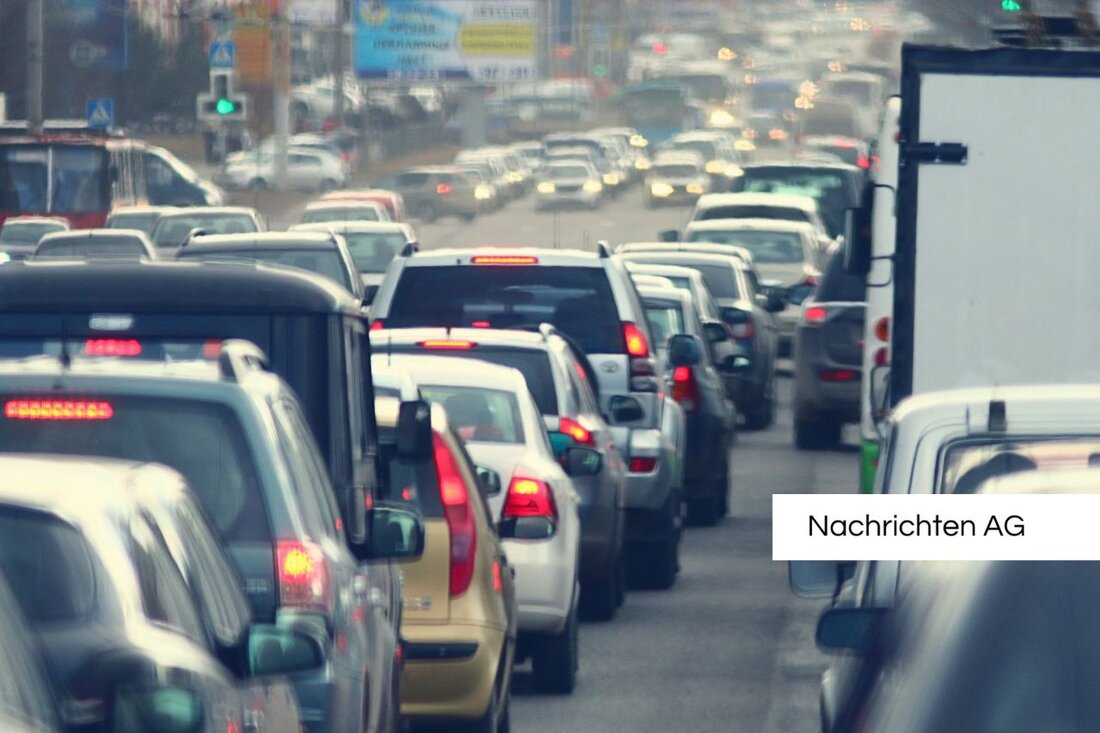Traffic jam chaos on the A20 and B109: Current news for Greifswald!
Real-time traffic jam reports for Greifswald and Usedom on August 28th, 2025: Current traffic information on the A20 and B routes.

Traffic jam chaos on the A20 and B109: Current news for Greifswald!
Today, August 28, 2025, brings with it some challenges for drivers in the Greifswald region and Usedom. Loud Ostsee-Zeitung The congestion and traffic conditions on the A20 motorway and the federal highways B105, B109, B110 and B111 are currently not optimal. Traffic jams are well documented thanks to a powerful real-time traffic jam detector that provides information about traffic jams, construction sites and accidents.
The real-time data comes from a variety of sources, including the GPS coordinates of millions of mobile devices. In addition, authorities use road sensors to ensure high accuracy. This information is updated every five minutes, allowing drivers to respond quickly to changing traffic conditions. The collaboration with the “TomTom” service underlines the reliability of this data. Other providers include Google Maps and Apple Maps, which also provide valuable information.
Traffic jam overview
As the data from Staumelder-MAP shows, the risk of traffic jams on the roads in Germany is naturally increased, especially during the holiday season. The main causes of traffic jams are often tailgating and abrupt braking of vehicles, which leads to the so-called accordion effect. Recent years have shown that the A3 and A8 motorways are particularly prone to traffic jams, with a significant increase in traffic jams during the summer months.
In recent years there has been an increasing number of traffic jams, which totaled over 723,000 in 2019. Therefore, keeping a close eye on traffic reports before setting off is a wise decision for anyone hitting the roads. Increased traffic volumes are to be expected, particularly on Mondays and Fridays and at certain peak times from 7 a.m. to 9 a.m. and 3 p.m. to 6 p.m.
Stress avoidance and tips
Stress in traffic jams is a common side effect and can quickly lead to aggressiveness if you are not careful. To prevent this, we recommend taking deep breaths, listening to inspiring music or collecting small positive impressions. Stretching the body can also work wonders. Ultimately, only one thing helps: start early and, if necessary, consider alternative routes.

 Suche
Suche
 Mein Konto
Mein Konto